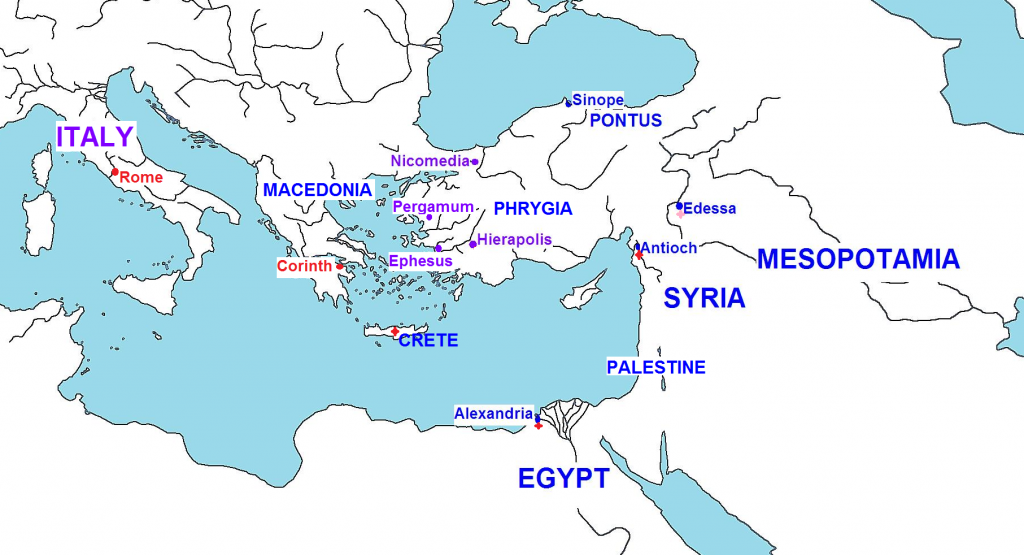
While one sometimes hears it said that the gospel message when first heard in the early Roman empire was “shocking” and “turned the world upside down”, it is in fact more correct to say that the gospel message was a product of its age.
In the century or so leading up to the common era and beyond, the idea of winning by losing, of conquering and gaining life through death, and the virtues of patient endurance and self-denial when faced with tyrannical powers and losses in this world, were emerging as a “new morality”. The Christian message of finding one’s life by losing it was the product of its age.
The Christian saviour who is a king who conquers by dying was the kind of hero that resonated with the popular figures of both serious and light literature of the day.
If in another time heroic figures were great conquerors of cities and slayers of giants — Agamemnon bringing down Troy, Dionysus and Alexander conquering Asia, Odysseus outwitting and slaying Cyclops, David felling and decapitating Goliath — there was another value emerging in those generations preceding the time of Christ that came to stand as an alternative virtue for the powerless.
Here is what a non-Christian Jewish text from around the same era as Christ wrote of heroic figures. The conquering king is the loser; the victor is the one who yields up his body to be a public spectacle as it is tortured to death. The blood of the martyrs is even said to be the salvation of the nation. Continue reading “Christianity and the “let’s turn the world upside down” bandwagon”

 April DeConick in
April DeConick in 